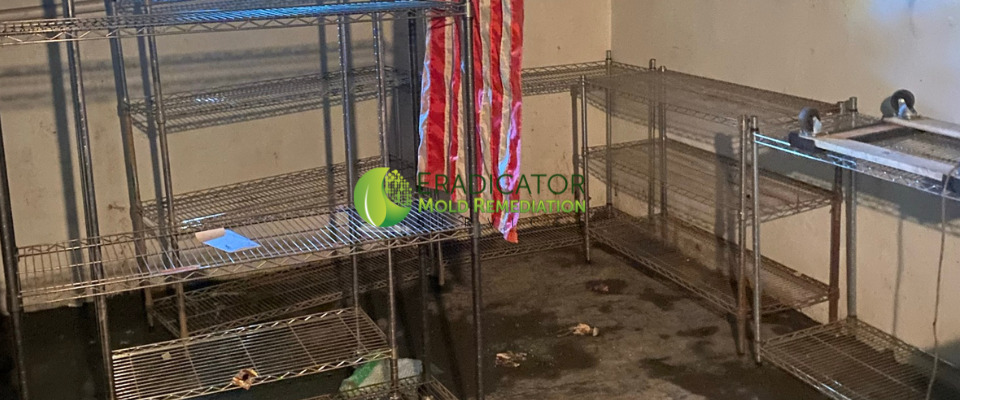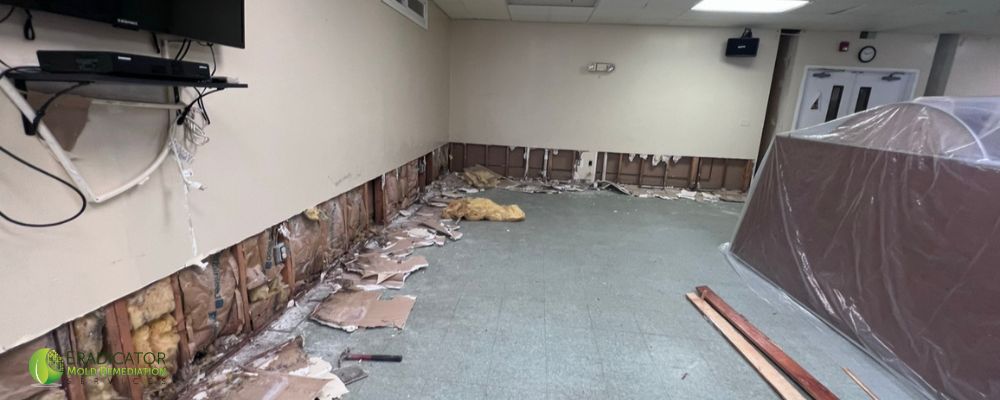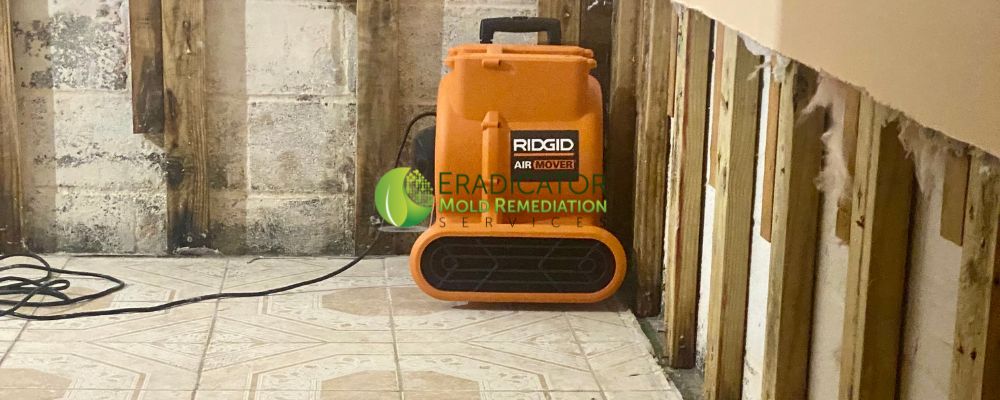“Is this covered by Insurance?” is a question often posed to Eradicator inspectors by clients…
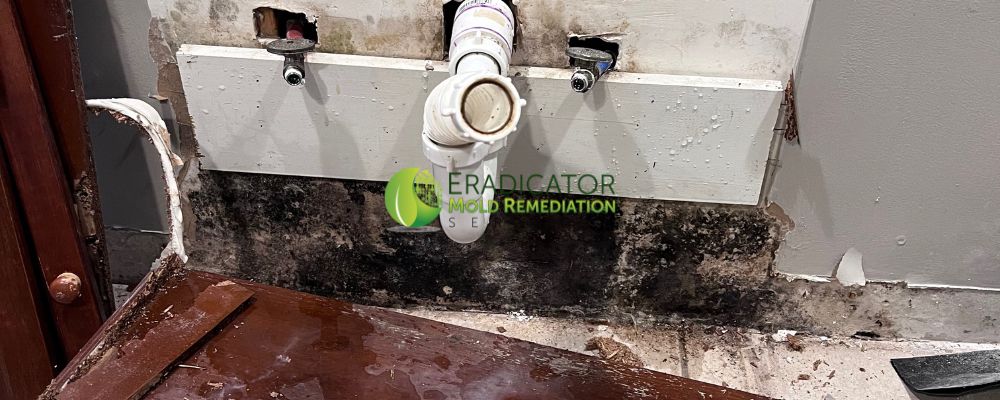
Mold and PVC Pipes
PVC piping is an inexpensive method of removing and providing water in current homes as opposed to copper that was the norm several years ago. They are used by contractors and plumbers to supply water to and from areas within the home such as the bathroom and kitchen. PVC piping is non-toxic, non-corrosive, and easy to bend to the desired shape. With the current advantages that PVC piping provides one has to be careful as this alternative may increase the potential of moisture therefore increasing the potential of mold within the home.
Mold, PVC Pipes, and nails
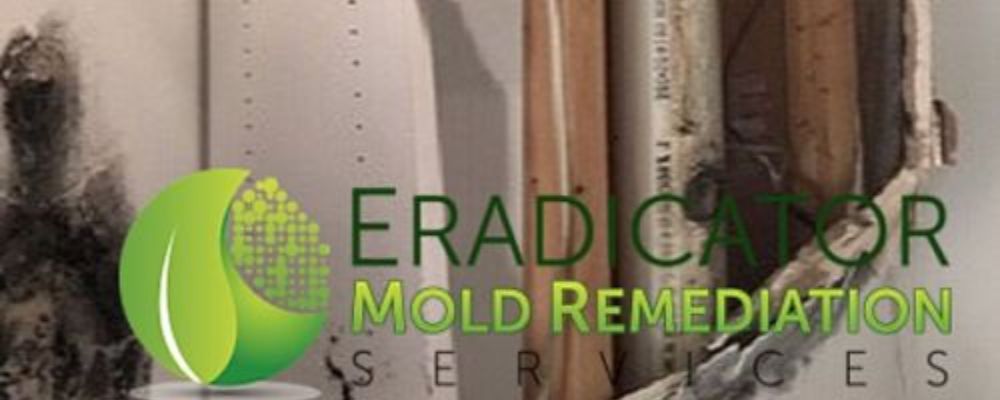
PVC pipes are flexible and easy to work with. Unfortunately, they are easily destructible as well. In the photo above the closet showed evidence of mold. Once the drywall was removed it was evident that the drainage pipe from the bathroom above was cracked and leaking water. This is because PVC pipes are susceptible to nails and screws that may be used to secure drywall within a home. If a nail ruptures a PVC pipe and the plumber is unaware then the water that flows through it will seep within the home. This can become disastrous as the water may be absorbed by other building materials such as drywall eventually leading to a mold issue.
Mold, PVC pipes, and condensation
As warm and cold water flows throughout the home, using PVC pipes in locations that experience different weather patterns may increase the potential of mold growth within the home. It is more likely that within the winter months that a home which is heated to keep its occupants warm will cause moisture to increase and condensation to occur. This is a result of cold water within the pipes interacting with the warm air within the home. As this process takes places the possibility of mold growth increases significantly as building materials such as drywall may absorb the moisture and provide a food source for the growth of mold.
Mold, PVC pipes, and improper installation
PVC pipes are installed by cutting, shaping, and attaching the pieces together. Improper installation may include fittings becoming loose, use of pipes before glue used to create seal has dried, improperly priming, and so on. Improper installation will result in water seeping through the joints and creating a water source for mold growth.
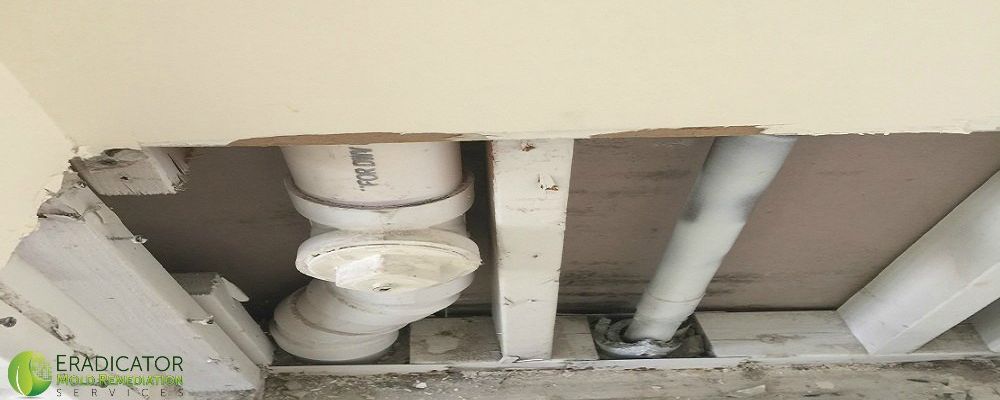
If you think that you may have issues with the PVC pipes increasing the moisture within your home then consult a certified plumber. If you are aware that these issues resulting from moisture are contributing to abnormal mold growth consult a certified mold inspection company.

